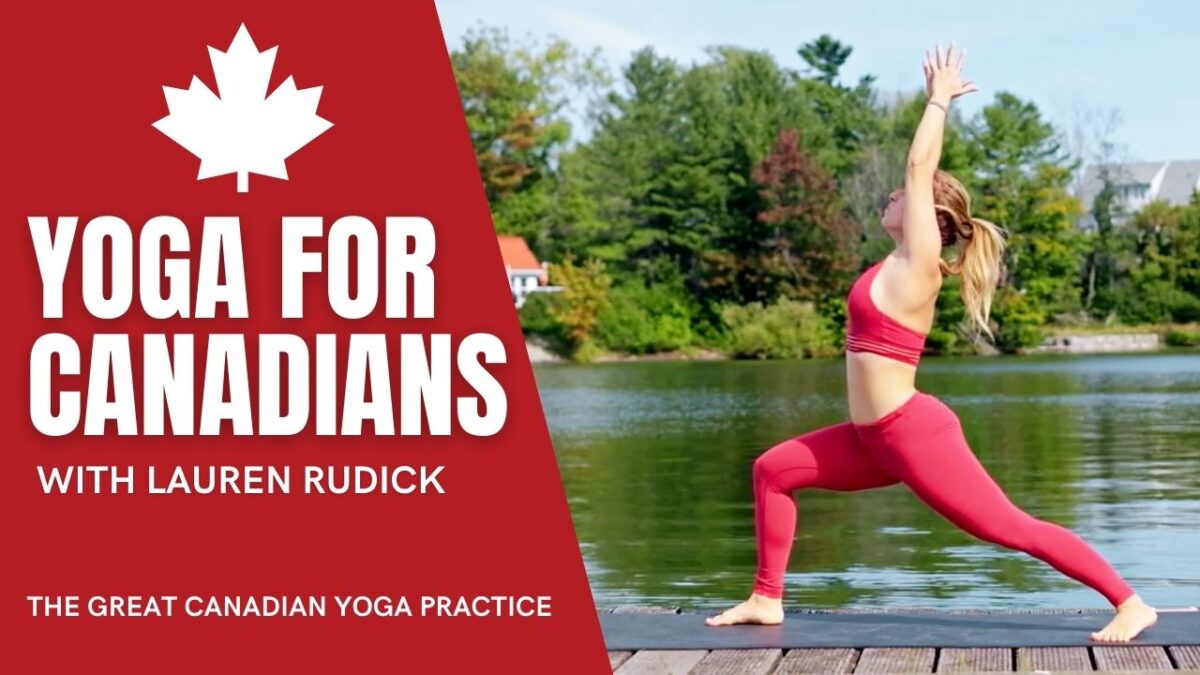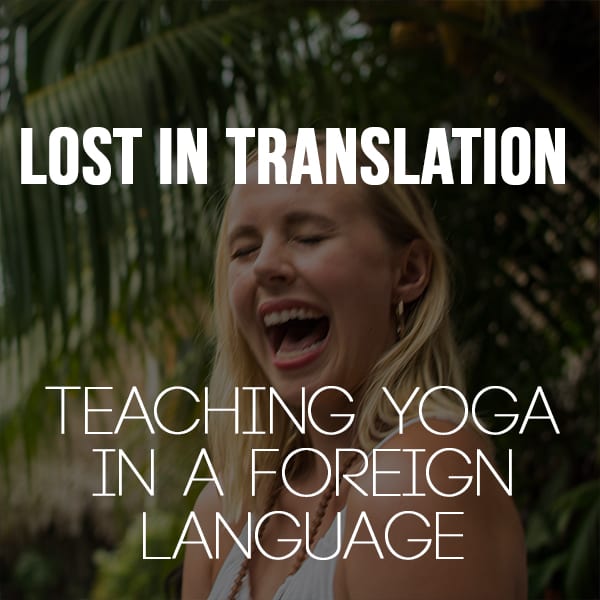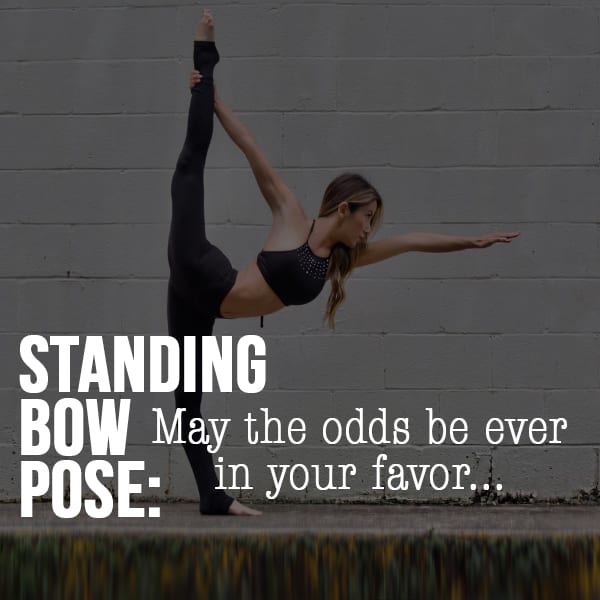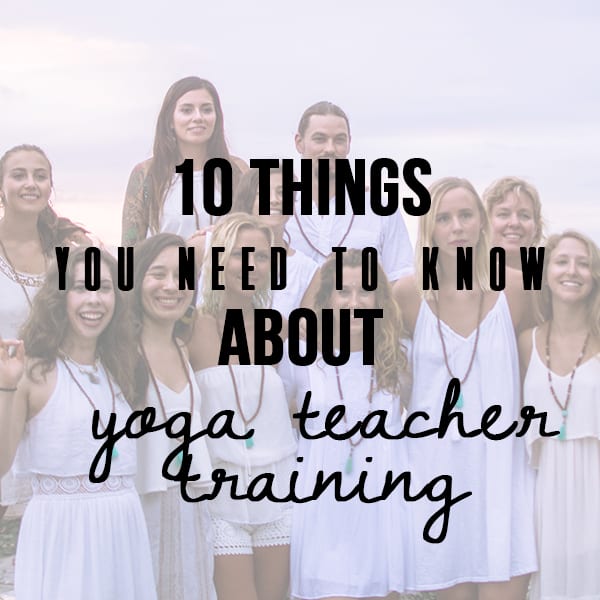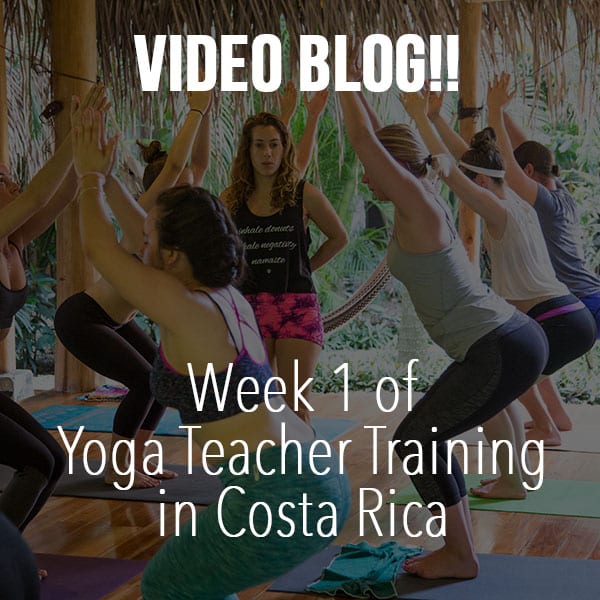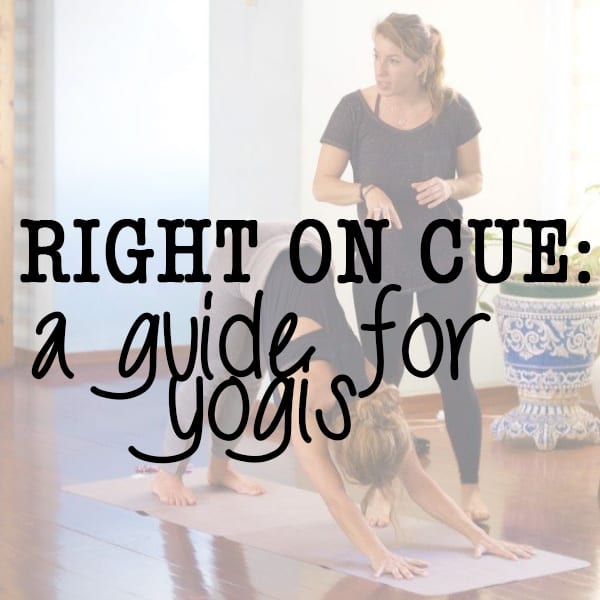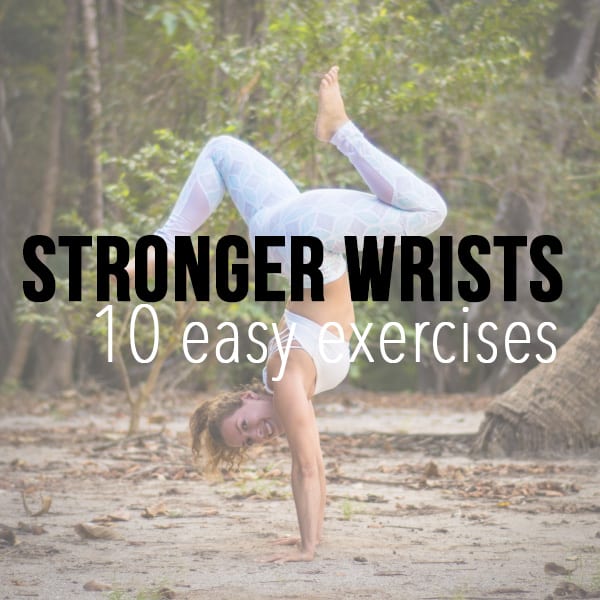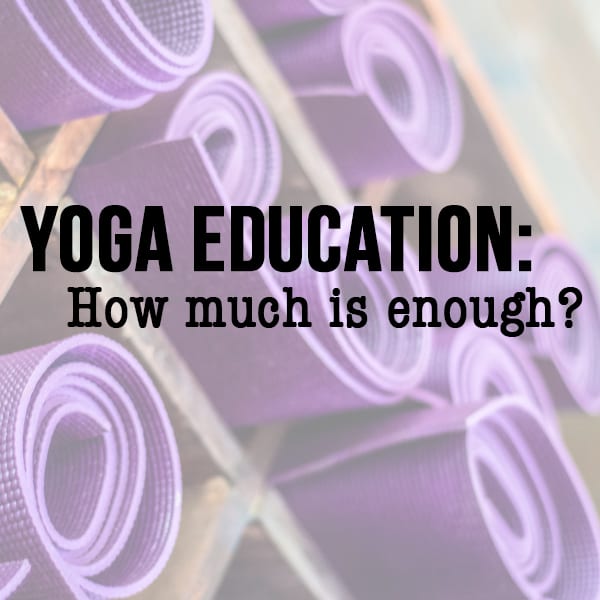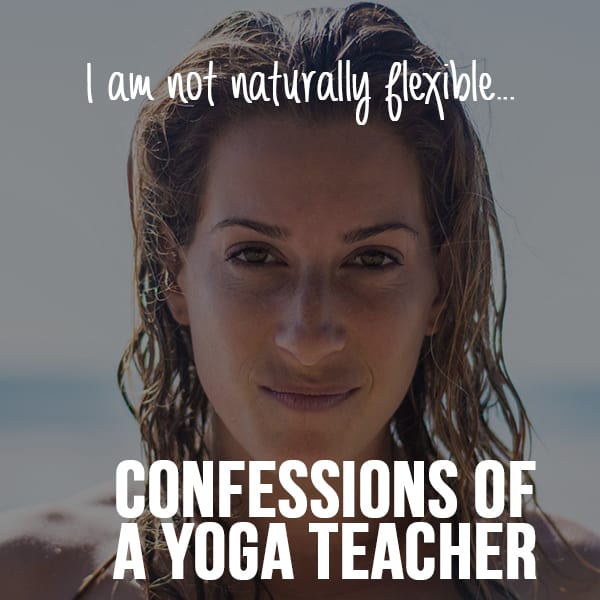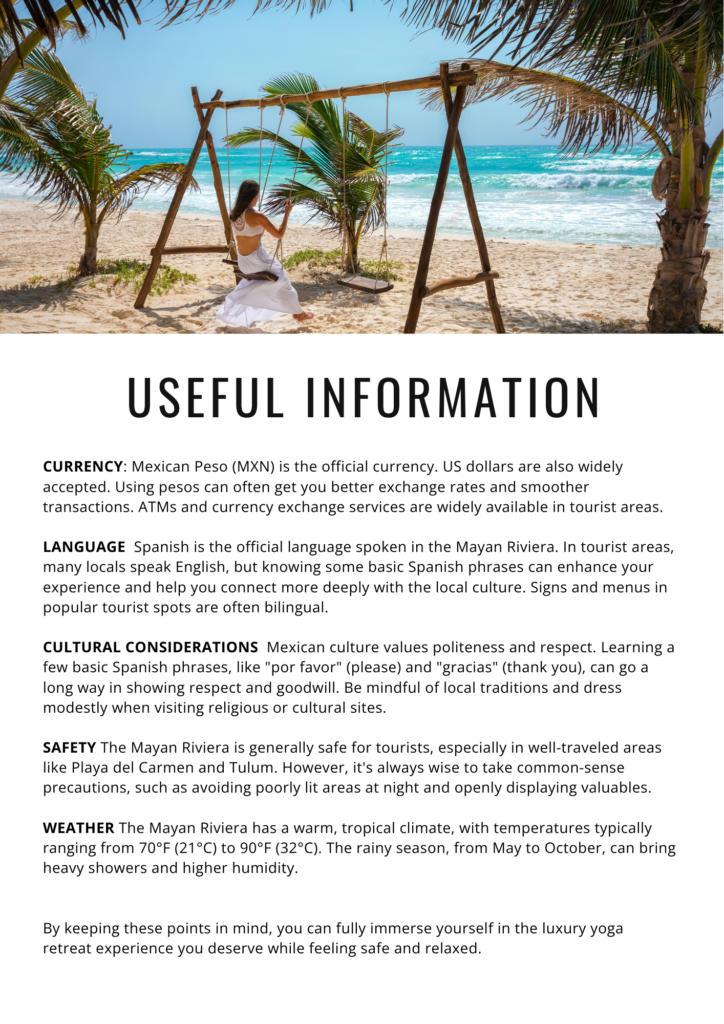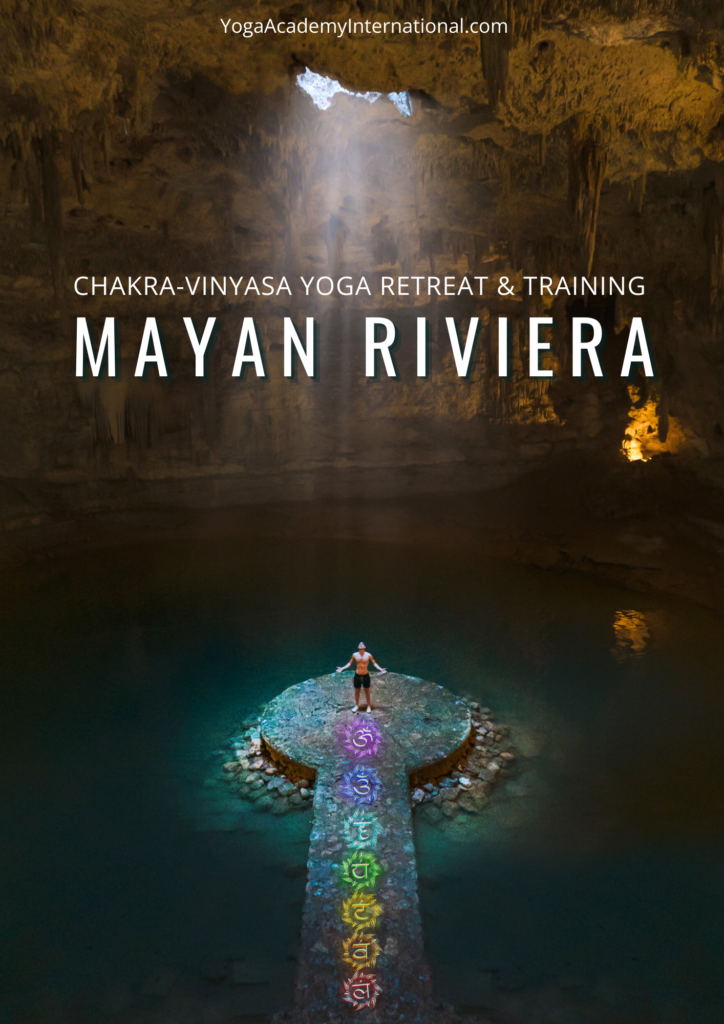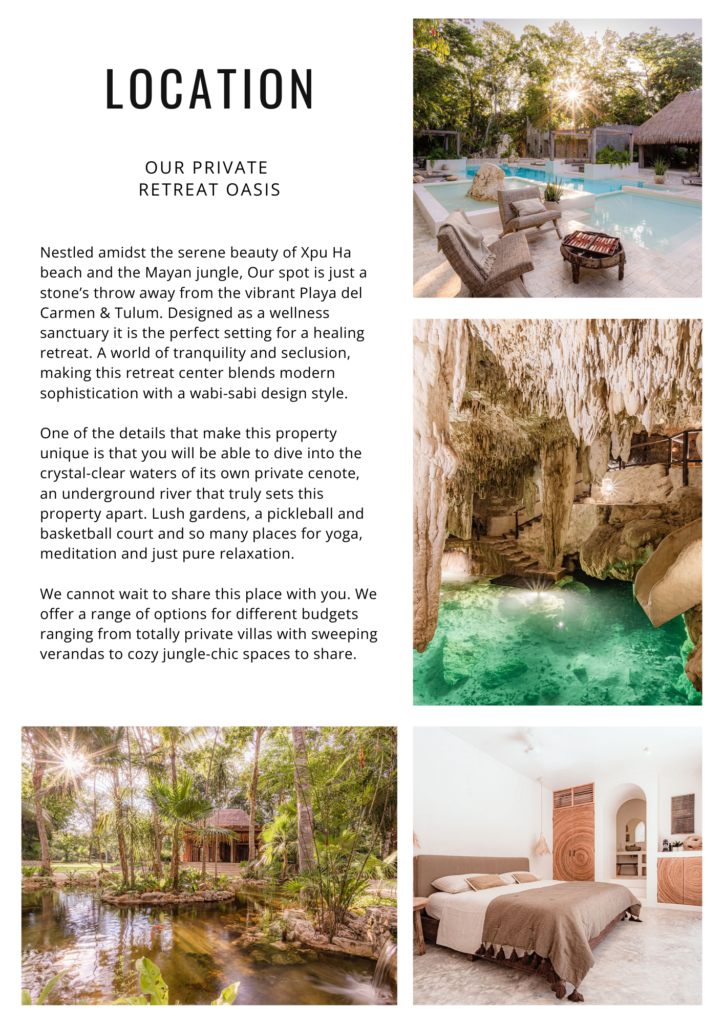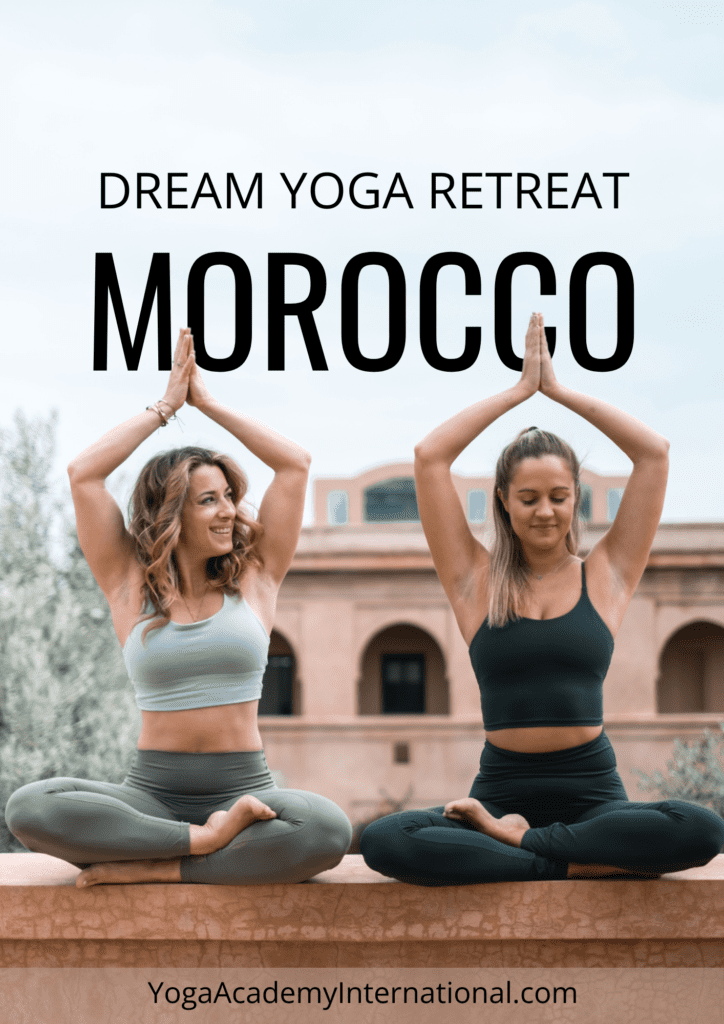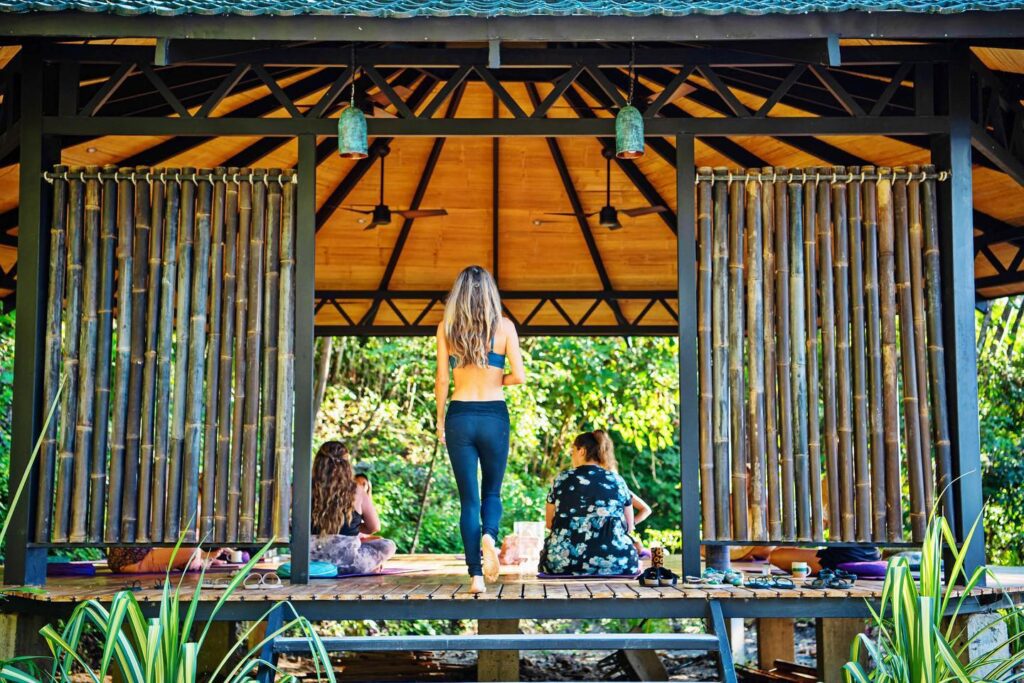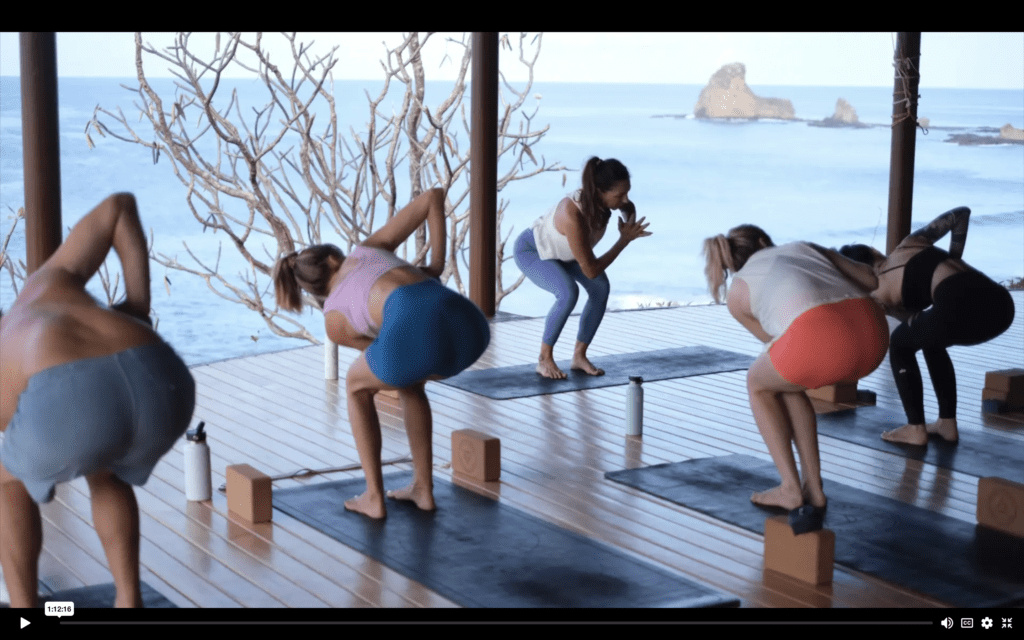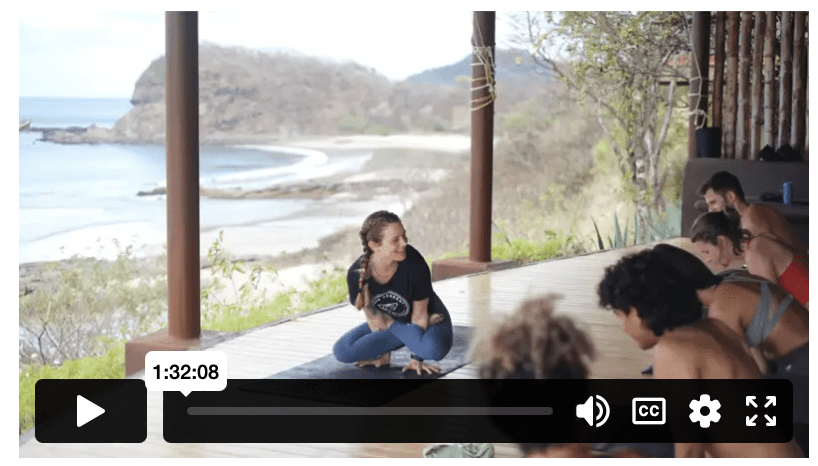C’est quoi “yoga” en français?
Each time you step into a new studio or room, roll out your mat and place your props at the front as an guide for students to take and use during class, there’s this little feeling, this unspoken energy that you’re not quite sure what to make of just yet. The practice of yoga, as we’ve come to know it in its modern form, is full of nuances and subtleties based on a plethora of factors; teachers, locations, clientele demographics, space, so on and so forth. And many of us as teachers are more than used to hopping between teaching spaces, working to continuously adapt our methods to the individuals in the room in each new location.
The stories I’ve heard from teachers who’ve come and gone from different studios, gyms, and private spaces, range from hilarious to horrendous. Each time that we as teachers step into our role in an unfamiliar space, we are faced with new challenges that spin their way into opportunities, enabling us to grow our own practice as both teachers, and students. New obstacles force us to redefine our “standard” method, and get creative in how we reach out and communicate with those in the room.

The Space
This past month I was fortunate enough to teach with Arles Yoga, as a part of their “Professeurs en Residence” (PiR) program; a unique approach to running a studio that counters the current trend we see in major North American “yoga hubs,” where studios tend to selectively hire teachers churned out by their own teacher training courses. Each month, a new prof de yoga comes into Arles Yoga’s space, and teaches 10-12 classes per week, in a variety of styles ranging from a Slow Flow, to a vigorous Yoga Dynamique, and accompanied by Pilates or other speciality classes. Oh yeah, and for those of you unfamiliar with the geography of France, Arles is situated in Provence – translating to blue skies for 30 straight days, temperatures that enable you to never wear more than a light tank and shorts, and scenic views of the Rhones and Roman architecture. Rough life, I know. However, if you haven’t already deduced, there is one key factor I’ve omitted – classes were taught in French.
The Obstacles
When I committed to taking the PiR post for the month of July, I was well aware of the fact that the months leading up to my arrival in Arles would be filled with numerous podcasts, instructional videos on yoga and Pilates in French, and some practice lessons with willing friends. And although I prepared to the best of my ability, pre-planned sequences to no end, and essentially committed to memory every one of the Transfert podcast episodes, there’s nothing quite like the feeling of jumping into teaching 11 classes a week in a language that you are far less familiar with than every single one of the people in the room in front of you, that makes you question whether or not the decision you made was well-thought out.
The Progression
Let’s work through this little journey in a more digestible format, for those of you with limited time, or those of you that may actually be thinking of embarking on a similar path in the not-so-distant future.
Week 1 – The Over-Prep
I’ll preface this section by saying that in the week leading up to my first class in Arles, I pre-planned three full classes, which I RARELY (if ever) do. Although I tend to sequence my classes with a common theme or apex pose, anatomical focus or intention, I rarely pre-plan to the extent of essentially scripting out my sequences. I’m a big fan of instantaneous adaptation, and letting the room guide the class.
During my first week, I woke up early each morning to practice through each sequence, formulate what I wanted to verbalize as instructions, and create options for modifications that I anticipated being necessary based on common physical limitations. I tend to give a significant amount of verbal instructions during classes, and this quickly presented itself as a bit of a challenge, as I struggled to quickly translate what I would normally say in English, into French that made sense and wasn’t a series of strung together nonsense that made my non-Francophone background glaringly apparent.
In addition to the French factor, I was also adjusting to the process of teaching in a new space, to a group of people that I had no previous experience or interactions with. Layer in the significant differences that exist between North American and French yoga culture and expectations, and I had myself a fairly large set of extenuating circumstances cultivating my current environment.
The result? I felt out of place, I questioned my teaching capabilities and methods, and I was anxious before and after each class, worried that I wasn’t providing what was expected, or that I simply wasn’t good enough. This discomfort, though, pushed me to prepare for each class, study and learn during my off-hours, in an effort to ensure that I was the best teacher I could be.
Week 2 – The (Almost) Settling
As you’ve probably guessed, it does get better. If it didn’t it’s unlikely I would be writing this blog post, or at least, it would be released at a much later date when I could look back on the experience as a whole without wincing.
The prep started to become less and less – it was during week 2 that I stopped pre-planning every class, and reverted to my trusty old improv style. Although my level of comfort with the language did play a notable role in this progression towards settling in, the true determining factor was the familiarity with the Arles yoga community. For me, one of the most satisfying aspects of having yoga so engrained in my life is the connections built within the yoga community. I love seeing familiar faces come back to class, progress, and get excited as they see changes happening in their practice. Week 2 allowed me to start integrating myself into the fantastic, accepting community that owners Julia Mitton and Paul Biehn have built at Arles Yoga, and realize that there was no expectation
Week 3 – The Seeking of Growth
During week 3, although I said goodbye to a few yogis who were finishing up their vacations in Arles, I became well-acquainted with the repeat offenders who were showing up to practice multiple times a week, ready for new challenges and curious both during and after class, voicing their inquisitions and seeking answers. This inert desire to know more, to explore and redefine what limitations exist, is a part of human nature that’s really awesome to unearth, yet often lies dormant until stirred or poked.
Suffice to say, during this halfway mark, I started to feel really at home at Arles Yoga. I introduced some more daring variations and apex postures in classes, and let myself adapt and adjust in the same way that I would have during classes back in Toronto.
There was something else that happened during week 3 that has only really become evident as I look back on the experience as a whole – the more I let myself experiment with the language, the less concerned I was with making small mistakes. The initial fear of coming off as very Anglophone, or making verb tense errors when jumping between French and English, started to dissipate. I let myself make little verbal missteps, all the while knowing that the group of yogis in class could care less, and were accepting of the language slips, because in the grand scheme of things, they really didn’t matter. This was a lesson in self-acceptance that runs much deeper than a simple language barrier, and one that I will continue to integrate and acknowledge as I evolve my teaching practice, in addition to internal personal growth.
Week 4 – The Phase of Comfortability
As I wrapped up my residency in Arles, I started to feel (wait for it), a little ache of sadness. I’m generally a fan of the Irish goodbye – rarely will I dwell on the process involved in leaving or moving on. With each class that took place during week 4, the return of familiar practitioners, and the impending event of my final Friday class approaching, I was able to reflect on the experience with an increasingly holistic perspective.
The past month pushed me, made me uncomfortable, forced me to change and experiment with my teaching style, and ultimately allowed me to grow in ways I hadn’t anticipated. I’ve broken down the process in four stages here, but each day was truly its own challenge and voyage. Closing out the week with a final class filled with energy, enthusiasm, hugs, and some “coucous” was incredibly satisfying, and made the pre-work, podcasts and all, so very worth it.
The Lessons Learned
- Get acquainted with imperfection
Looking back on some of my (many) verbal missteps that took place during classes, I wince a little with initial embarrassment, but then laugh and appreciate the growth that took place between weeks 1 and 4. We are always going to have classes that don’t feel quite right, that we replay and question, “why did I say that,” or “why did I feel the need to add that movement or posture in when it didn’t make sense.” These are the learning experiences we undergo as we grow and become more comfortable as teachers, and also as students. Mistakes lay the foundation for our continued development; observe them with grace, and reflect on them diligently to avoid repetition.
- It’s okay to reverse roles
When teaching in French, as an Anglophone, to a room of native French speakers (with the most melodious French accents, I must note), you’ve got to expect to be corrected. And instead of take offense, or feel insecure, I chuckled and took mental notes (and then transferred these to paper), as a part of the continuous learning process. Never again will I think that wordreference.com is an adequate resource for anatomical translations – because no, tendon de jaret does not translate to hamstring (oouf).
- Observe the opportunity in everything
As a proponent of the “free-to-be” sequencing style, I learned a lot by forcing myself to pre-plan and be more structured in how I structured classes during the initial classes at Arles Yoga. Although I may not retain this teaching style as I move forward, it was an excellent opportunity for me to redefine and learn to teach in a new way. Additionally, as someone who tends to pepper class with verbal micro-adjustments and modifications, having limited abilities to express myself forced me to be more comfortable with silence, and to learn how to say more with less. There’s a shiny side to every coin, right?
Taken straight from an uninspired Instragram post. But for real, this was probably the most relevant lesson I learned. Every teacher is so inherently different, in method, style, diction, tone of voice, sequencing, influences, and the list goes on. We are inclined to compare ourselves and constantly pick out the areas where we either outshine or fall behind those considered to be our peers. Be content knowing that regardless of a practitioner’s past experiences with other teachers, your style and individual flare provides them with something new and unique, and shouldn’t be graded based on the characteristics of other teachers.
So if you’ve managed to dig your way through this, or perhaps just skimmed, you may now be contemplating this proverbial jumping off point. It may not be directly related to yoga or even a career move, but could encapsulate making even a minor change in your day to day that forces you a little outside of the status quo. Although the process may seem arduous, the ultimate end result will be worth the initial discomfort – I promise.

Cassandra Cooper
Growing up with a background in competitive figure skating, Cass’ journey with yoga began at a young age. What started as a way of maintaining flexibility and mobility has since shifted to focus on building strength, by combining elements of functional movement into her practice and sequencing, helping to explore the different ways in which each individual’s body moves and changes shape. Since completing Octopus Garden’s 200 hour teacher training, and Rishikesh Yog Peeth’s 300 hour advanced teacher training program, Cass has pursued Barre and Pilates certifications through Stott Pilates, along with Essentrics movement training. The most important thing she’s discovered along the way is that you’re always a student – be curious, always question, carefully analyze, and continuously seek new avenues towards unexpected answers. ‘Yoga is the journey from cosmetic to cosmic beauty.’
[fblike]


